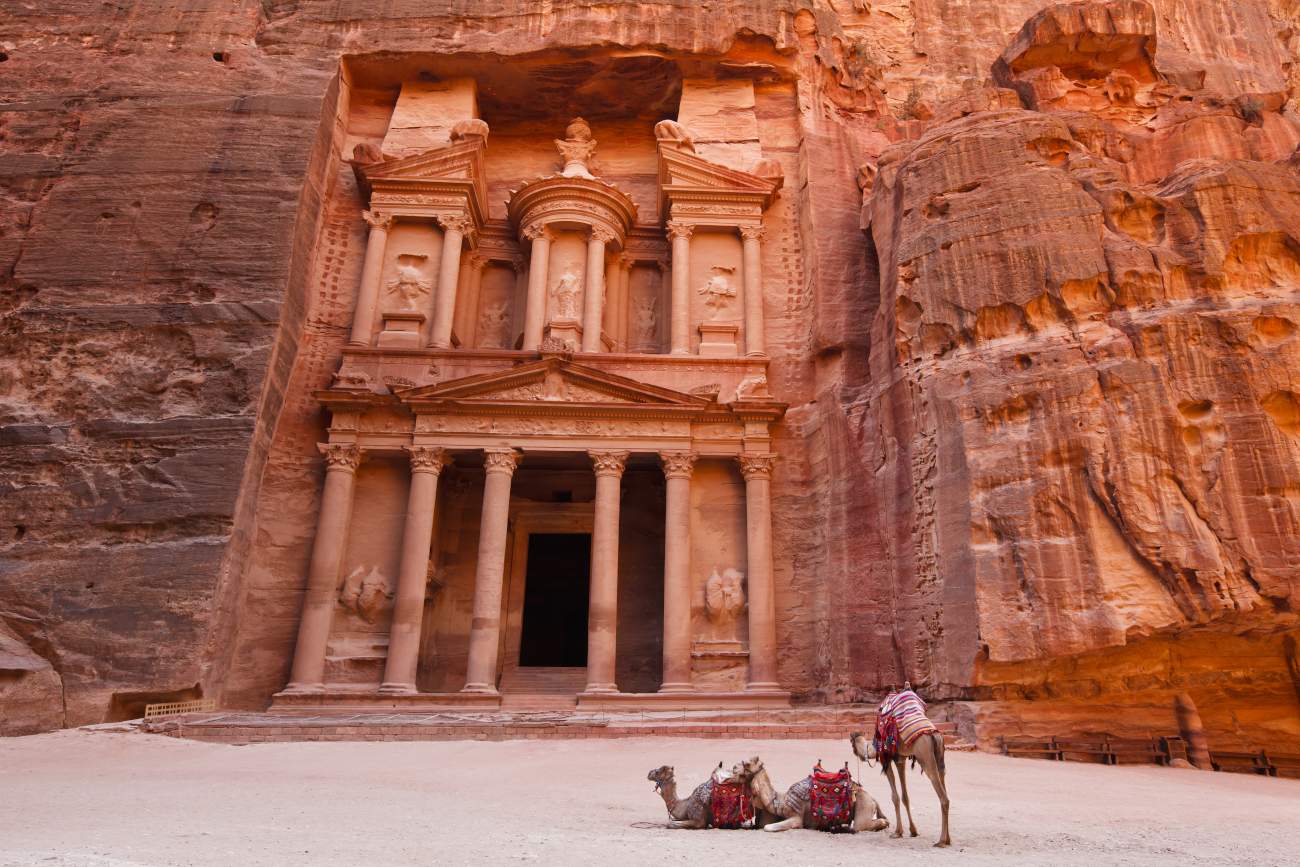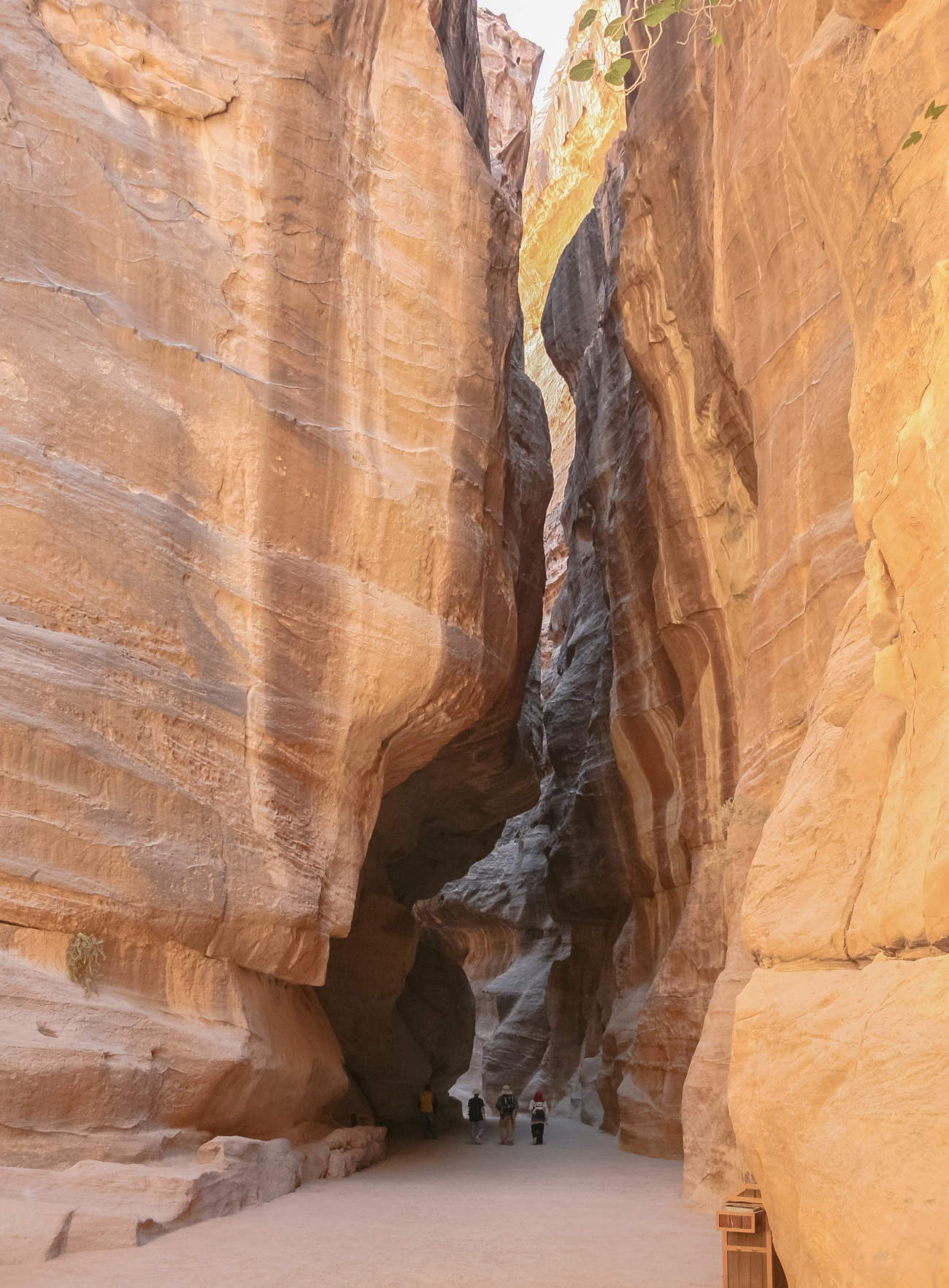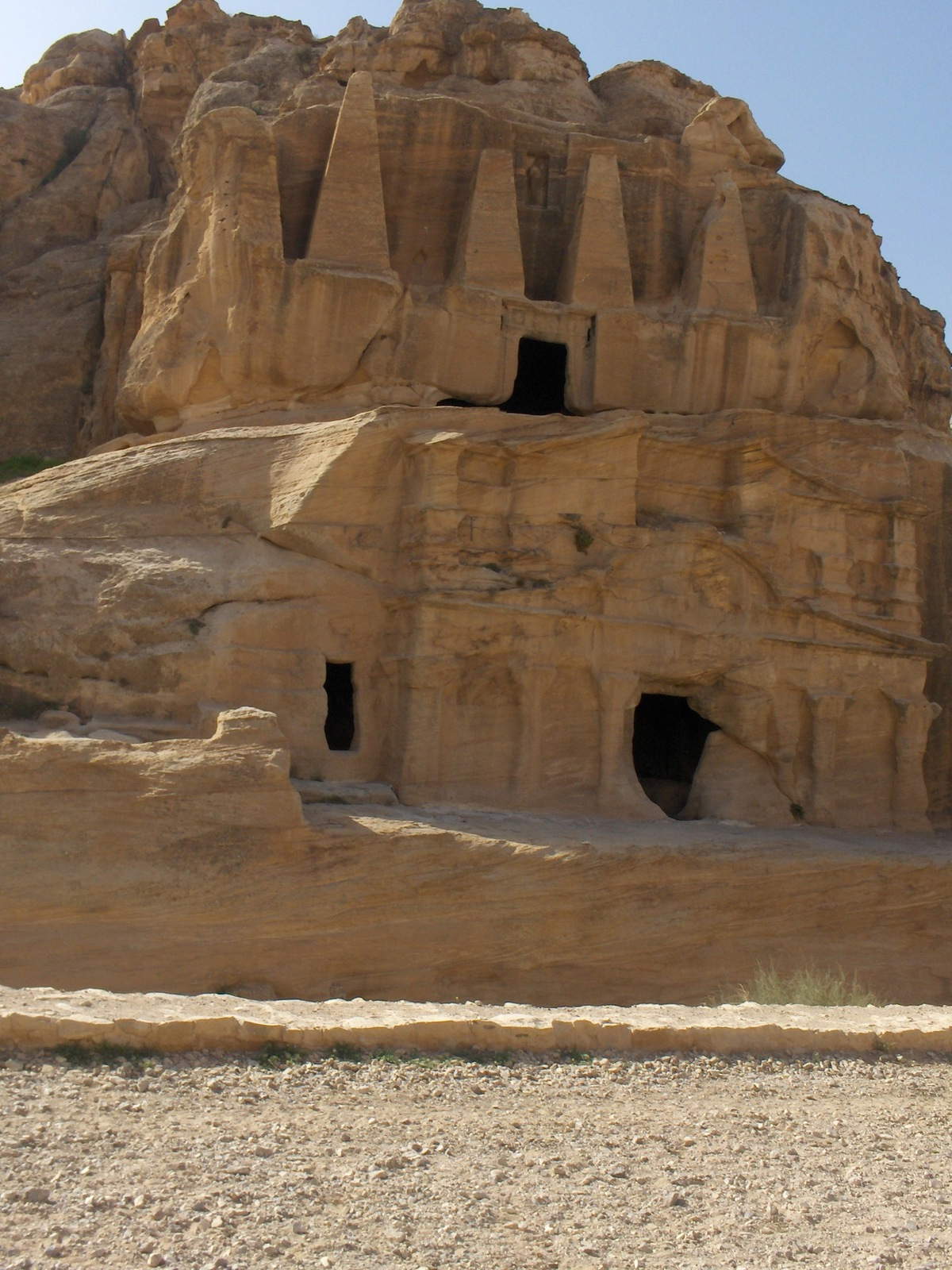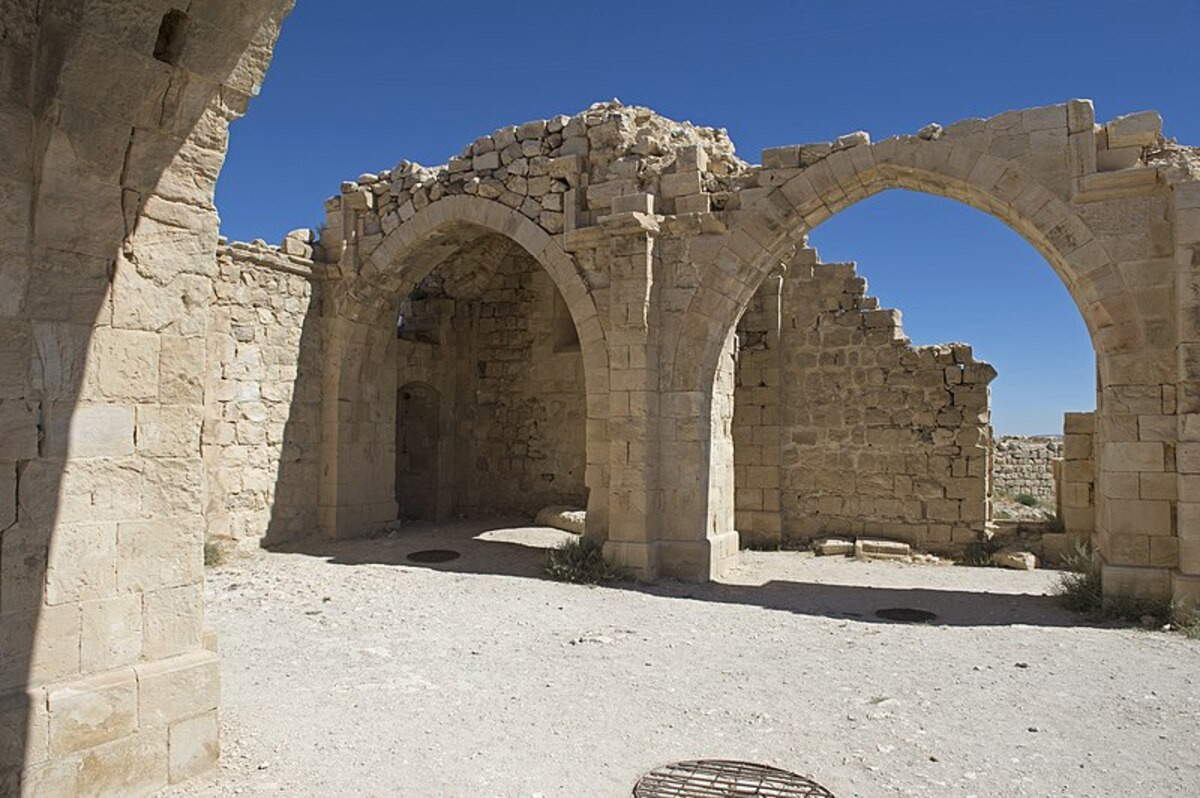Petra and its ruins: places and experiences to discover the fascination of its history
Nestled in the desert in southern Jordan, Petra is famous for its architectural structures, including temples, monuments and houses carved out of red sandstone rock, but it is more than just an archaeological wonder: it is an immersion in the history of the Nabataeans, the ancient trading people of ancient Arabia. It was discovered in 1812 by Swiss explorer Johann Ludwig Burckhardt. It was founded in the 6th century B.C. by the Nabataean people, but its history is also shrouded in Greek, Roman and Egyptian influences. Among its most famous ruins is El Khasneh, nicknamed the Treasury, which features an impressive facade built for the tomb of King Aretas III in the 1st century AD. Among the best-known buildings are certainly Al Deir, also called the monastery, and the Great Temple, the complex system of royal tombs that include burials of different orders and with different features. To this day Petra attracts millions of tourists curious to immerse themselves in its history, its charm and the experiences it provides, such as Petra by night, a sensational nighttime journey through the ruins of the site illuminated only by moonlight and a thousand candles. Surrounded by typical sounds and distinctive dancing, visitors are catapulted into an evocative atmosphere. In the past Petra also became an important trading crossroads for caravans carrying spices, and other goods between Arabia, Egypt and the Mediterranean. Here are the places to visit and experiences to enjoy in Petra, Jordan’s UNESCO World Heritage Site.
1. El Khasneh
Known as The Treasury, El Khasneh captivates all tourists visiting Petra, who after walking through the narrow Siq Gorge are confronted with an unparalleled enchantment. The structure, 43 meters high and roughly 30 meters wide, was created to house the remains of the Nabataean ruler Aretas III (87-62 B.C.). It features a Hellenistic facade, columns with floral capitals, and a tympanum decorated with the head of a gorgon. There is also no shortage of references to Greek mythology, Winged Victories, and Egyptian mythology. In fact, scholars are still in doubt about the real identity of the figure on the tympanum: some believe it to be an assimilation of the Egyptian goddess Isis to Al-’Uzza, a Nabataean deity, while others refer to the Roman goddess of fortune. Also interesting is the legend that surrounds this place: it is said that during a chase to Israelites, an Egyptian pharaoh hid a treasure, an urn inside the temple.

2. Ad-Deir
Also known as The Monastery because of the crosses carved into its interior walls, Ad-Deir is among the best-known buildings in Petra. Probably with the presence of elements inside the temple, the structure also served as a Byzantine church. With a width of 50 meters and a height of 45 meters, the building recalls El Khasneh, the latter also known as The Treasury, which houses inside a large room accessible only by a flight of steps. At its summit, however, is a funerary urn. The monument is listed as a UNESCO heritage site and appears to be the tomb associated with the ruler Obodas I, who reigned over the territory in 96 BCE.

3. The Great Temple
Of all the ruins in Petra, the Great Temple stands out for its beauty and the charm it manages to convey. The shrine, originally 18 meters high, was built in the first century B.C., was dedicated to Nabataean deities, and was later damaged due to natural disasters. Its use continued until the Byzantine era. Its ruins still include a triple colonnade, porticoed propylaea, a double staircase and the sacred courtyard with its sacred enclosure.

4. Royal Tombs
Among the red escarpments of Petra are some of the most important sites for the burials of rulers: these are the Royal Tombs. Among the most important ones you can visit the Urn Tomb built for King Malichos II (40-70 AD.) and known for its terrace and Doric portico; the Tomb of Silk, famous for its distinctive pink, white and yellow veins; the Corinthian Tomb, named after the Corinthian capitals, and showing Hellenistic and Nabataean stylistic features; the Palace Tomb, which recreates the structure of a Roman palace and has the largest facade of all the buildings in Petra; and finally the Tomb of Sesto Fiorentino, a tomb built in 130 AD.C. for a Roman governor, as the Latin inscription engraved on the portal points out. Its special feature is the striking head of the eroded gorgon in the center of its facade.

5. Petra Museum
The Petra Museum houses more than 280 artifacts from different eras including statues and tools. The tour is spread over five exhibition halls that include the history of the archaeological park, the Nabataean city, information on civilization and the Roman period from 106 AD onward. The spaces house a multimedia part with interactive screens and videos in different languages that address topics important to their understanding, such as the fauna, climate, and geology of the place.

6. Little Petra
Little Petra or Petra the White, known as Siq al-Barid, literally “the cold canyon,” is strategically positioned among the site’s rocks and is a few kilometers from the majestic Red Petra. The archaeological park is part of theUNESCO World Heritage Site and has its roots around the first century AD, during the heyday of the Nabataeans. Among its spaces are a painted house with 2,000-year-old Roman frescoes, probably related to the worship of the Greek deity of Dionysus, easily recognizable by depictions of grapes and vines. Among the sites to visit in Little Petra are the temple of Duthu Ashara dedicated to the Nabataean god Duthu Ashara, the cold canyon of Siq Al-Barid, the famous Al-Beidha, from the Neolithic period, and the typical rock-cut houses.

7. Al-Siq
Al-Siq is a natural formation that forms the entrance to the ancient city of Petra ending in front of El Khasneh. It then resumes its path toward the theater taking the name “Street of Facades.” It is a red-walled gorge of sandstone with veins of different shades such as yellow and white, 2 meters narrow, ranging from 90 to 180 meters in depth, and more or less 1,600 meters long.

8. Petra by night
Petra by night is a unique experience that allows visitors to experience the archaeological site in a different way and in a different light. During the evening, after the sun goes down, the site is enveloped in the lights of more than a thousand candles that illuminate the temples and ruins. What is presented to visitors’ eyes is a striking scenery, enveloping the buildings in a fascinating atmosphere. Also providing the background to this incredible scenery are Bedouin storytellers, sounds of flutes and musical instruments playing music with typical sounds. There is no shortage of traditional dancing and singing. Visiting Petra at night is a truly unique sight.

9. Tomb of the Obelisk
Moving through the narrow streets of Petra, it is possible to come across a tomb composed of four pyramid-shaped obelisks: this is the famous Obelisk Tomb, formed by structures erected to serve as funerary monuments of the Nabataeans in the first century BCE. The obelisks most likely represent five burials found within the tomb, which was built on an ancient structure. Although the structure is known for its funerary monuments, inside it featured dining rooms where banquets dedicated to the deceased were also held. Its facade also houses stylistic features of Doric order, and an anthropomorphic figure now eroded by time.

10. Shobak Castle
Shobak Castle, strategically located on a hill in the plain of Edom and 25 km from Petra, originated in 1115, when King Baldwin I of Jerusalem conquered Aqaba on the Red Sea. Originally the fortress was called Mons Regalis. Until 1142, the castle remained in the royal family of the Kingdom of Jerusalem, later becoming of the Overseas Lordship. To date, the present ruins are only a small part of a large past complex, and the site has not been fully excavated. Although the interiors are now in ruins, it is possible to visit the towers and walls, which have ornaments with stone carvings decorated with inscriptions engraved in stone from the 14th century.

 |
| Petra and its ruins: places and experiences to discover the fascination of its history |
Warning: the translation into English of the original Italian article was created using automatic tools. We undertake to review all articles, but we do not guarantee the total absence of inaccuracies in the translation due to the program. You can find the original by clicking on the ITA button. If you find any mistake,please contact us.





























